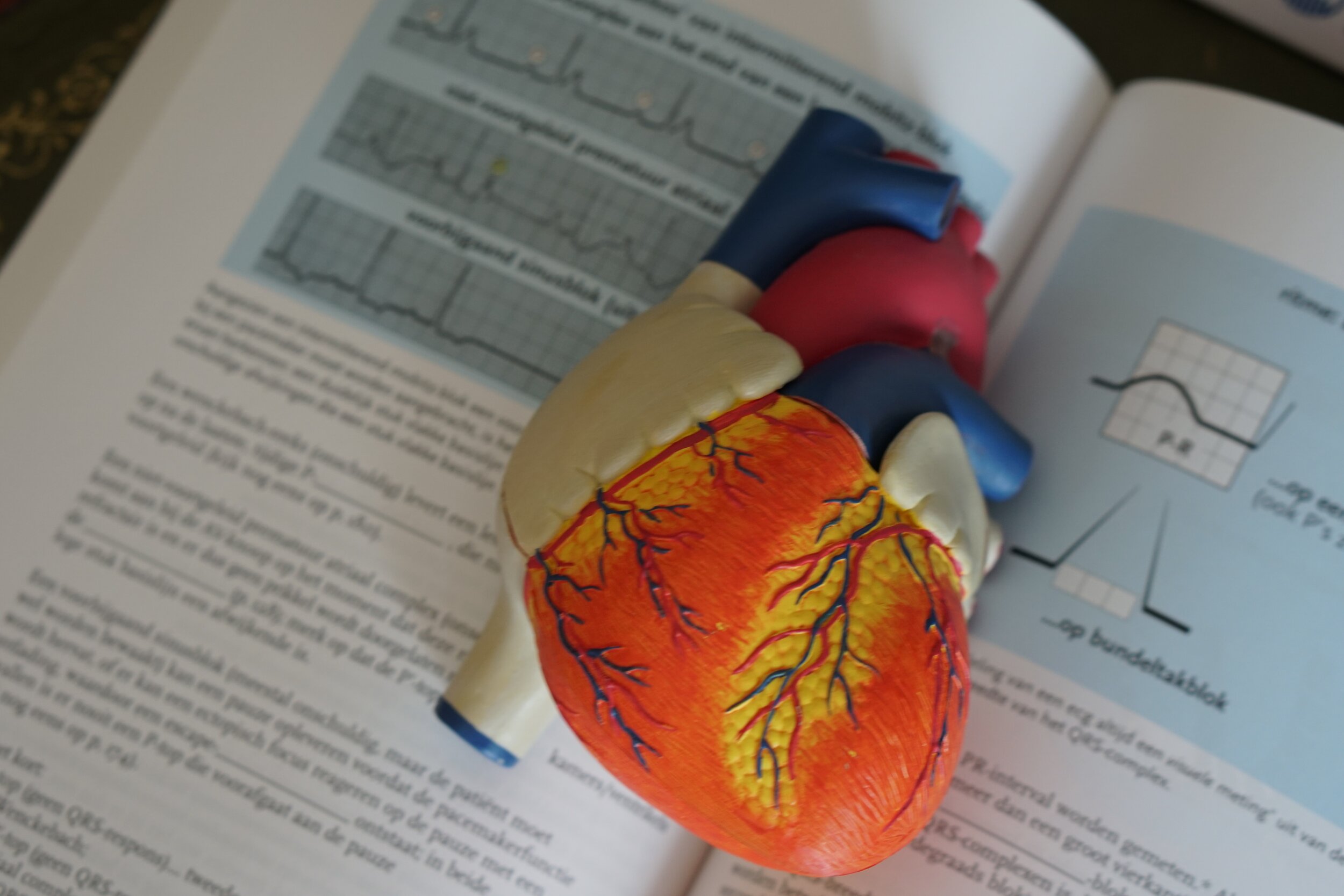
Four Common Trauma Responses
What Causes Trauma Reactions?
Trauma reactions are the mind and body’s way of protecting you from a situation that it perceives as harmful. Past experiences where safety or security were threatened are stored in the body. When a situation occurs that is a reminder of the situation, the nervous system sets off a chain reaction and goes into to autopilot to protect you and prevent you from harm. However, that is when things get tricky because sometimes the body’s response to trauma happens in situations where the response to the situation (tight chest, lump in throat, anxious thoughts, feelings to fight or flee the situation, etc) are the symptoms which more distress than the situation itself. Our bodies and minds are well oiled machines, great at setting off chain reactions at the slightest sense of danger. Post Traumatic Stress Disorder occurs when this response becomes so reactive that it starts negatively impacting the daily life, relationships, and emotions because it is difficult for the body to feel safe in the present. The body is reacting as if it is back there, in a present situation that may be safe and be able to be navigated if the nervous system was able to be regulated and calm.
A hallmark symptom of PTSD is dysregulation of the nervous system. This means the nervous system is not acting the same way it would have before a significant trauma was experienced. In PTSD the nervous system is on high alert and sensing threats from the environment. When something happens that the nervous system perceives as a threat, a trauma response occurs in an attempt to protect you from the situation.
The Four Trauma Reactions
There are four common trauma reactions that occur, These are natural and subconscious reactions to situations that are perceived as unsafe. Trauma therapy for PTSD can help you to become more aware of conscious patterns that are causing distress and help you be proactive in creating the life you want.
The Fight Trauma Response
One of the most common and widely acknowledged trauma responses is fight. When a situation occurs where a threat is perceived the nervous system sends out signals to the body to fight. This can happen in many ways, it can be verbal, physical, or a burst of energy that overcomes a person. It can be a physical feeling in the body such as feelings of tension, hot face, clenching fists, or increased heart rate. It can also present as irritation, anger, frustration, or even rage. Some people may experience this as being competitive, one upping, or inability to show vulnerability in situations. People who experience the flight response might have difficulty talking through situations or showing feelings.
The Flight Trauma Response
The flight trauma response causes a person to run or leave the situation that is triggering the nervous system. People who have this response might leave the situation or actively avoid situations the nervous system perceives as harmful. Common ways this shows up is difficulty making decisions and procrastination. It can also show up as ending relationships. not following through with commitments, or difficulty pursing personal goals. Things society generally doesn’t see as a trauma response.
The Freeze Response
The freeze response is the response you see when you see a deer in the headlights. The response is a form of freezing to avoid detection. It is the body’s way of dealing with a threatening situation. This may occur as being quiet and not speaking up for self or others. It can be a physical response of having less energy, being tired, increased need for sleep, feeling numb or disconnected from a situation. People who experience the freeze response often feel anxious, shame, and overwhelmed. It is difficult for them to take action on things that their body perceives as unsafe. This can be normal everyday activities such as saying no to simple requests, trying something new, meeting new people, or avoiding conflict with other person. They might even have a difficult time talking about feelings or working through situations, even with those they love.
The Fawn Response
The fourth trauma response is fawn. In the fawn response, please people and be socially appropriate. People who exhibit the fawn response navigate a situation by not stirring the pot and avoiding a reaction. The whole idea here is this response allows the person to agree with others to protect oneself or avoid further conflict. People that are scared are more likely to agree especially if they feel like it is less likely to cause them harm or help them avoid difficult feelings, embarrassment, or even gain acceptance. People who fawn often put their needs on the back burner in order to get through a difficult situation. They may experience a sense of resentment, a loss of self-worth, and a feeling of not knowing who they are,
How Trauma Treatment and PTSD Treatment Can Help
Trauma treatment can be very effective for helping people recognize trauma patterns that are impacting their life. Having the support of a licensed professional is so important in doing trauma work because the work itself can be triggering if you are not cautious. The most important part of trauma treatment is the relationship with a therapist and feeling comfortable and safe in the therapeutic relationship. If a person is not feeling safe to communicate to be who they are, or something about the therapist is perceived as a threat, then treatment will be difficult. It is normal for these feelings to come up in treatment, however, the most important thing is having a therapist who will allow you to be open and provide feedback so that you can stay in treatment and work through any conflicts that come up. Negotiating and setting boundaries around treatment is important because if you are feeling uncomfortable this can cause a trauma response which impacts the ability to stay in treatment. It is important to have a therapist who is trained to help you be in control of your treatment. To be able to be in control of what you work on and how. One that helps you recognize the early signs of nervous system dysregulation so you can use skills to help you stay in the present moment. It’s a process it takes time and relationship building in order for treatment to be effective and start seeing results, but it is important to stick with it and not give up on your recovery.
Recent Blogs

Are you struggling with getting out of shutdown mode and sick of googling solutions?
Get the Calm in 5 Guide so you can feel better and get back to living your life.








